Tendonitis Treatment | Advanced Pain Relief & Rehab
Get effective tendonitis treatment with expert diagnosis, physiotherapy, and advanced pain management to restore mobility and prevent recurrence.
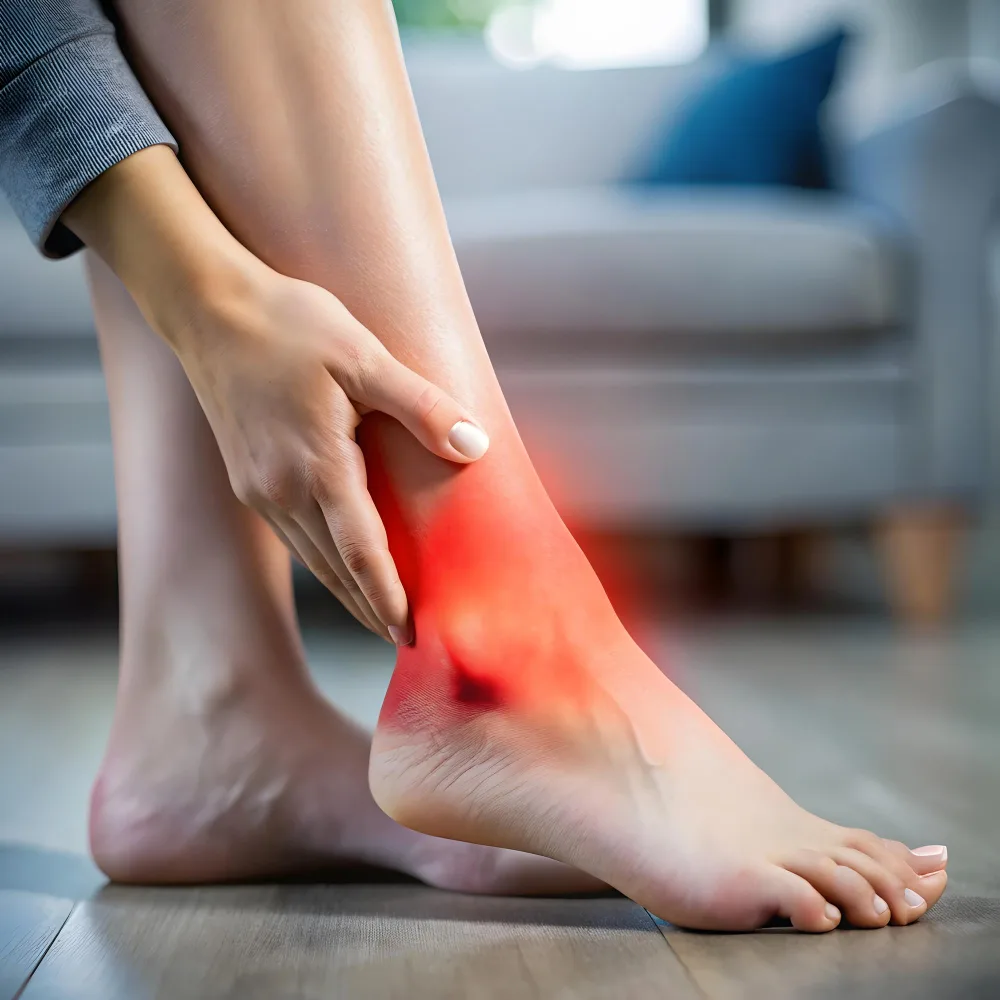
Tendonitis
Tendonitis refers to the inflammation or irritation of a tendon, the thick fibrous cords that connect muscle to bone. This condition typically occurs due to repetitive motion or overuse, leading to pain, swelling, and restricted movement. Tendonitis commonly affects areas such as the shoulders, elbows, wrists, knees, and ankles. While it is often associated with athletes, anyone who performs repetitive motions is at risk.
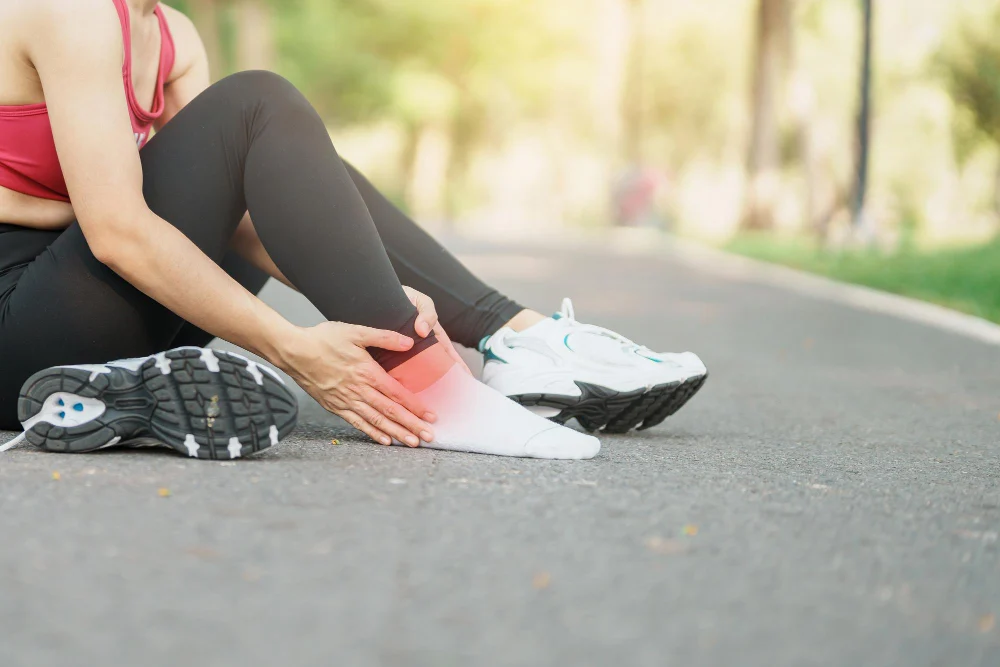
Early Detection Saves Lives
Early detection and treatment are crucial for improving the chances of survival. If you notice any concerning symptoms, consult a healthcare provider immediately.
Signs and Symptoms
Pain
The most common symptom of tendonitis is pain near the affected tendon. It is often described as a dull ache, which can become sharp or intense with movement or pressure.
Swelling
Swelling around the affected tendon is a common sign of inflammation. This swelling can be localized or more widespread, depending on the severity of the injury.
Stiffness
The joint near the affected tendon may feel stiff, particularly after periods of inactivity or in the morning after waking up.
Limited Range of Motion
Due to pain and swelling, the joint may not be able to move through its full range of motion. This can make everyday tasks like lifting, bending, or reaching difficult.
Tenderness
Tenderness or soreness is often felt when pressing on the affected area. The pain may worsen when performing activities that strain the tendon.
Heat
The inflamed tendon may feel warm to the touch, which is a common symptom of inflammation.
Weakness
Weakness in the affected area can occur, particularly if the tendon is not used for a period of time due to pain. This can lead to difficulty performing tasks that require strength.
Pain with Movement
Tendonitis pain is often aggravated by specific movements that engage the affected tendon. For example, wrist tendonitis may cause pain when gripping or lifting objects.
Blood in Urine
Hematuria - pink, red, or dark urine, the most common symptom
Frequent Urination
Feeling the need to urinate frequently, even when bladder is not full
Painful Urination
Experiencing pain or burning sensation while urinating
Back or Pelvic Pain
Pain that occurs as the cancer grows and spreads
Unexplained Weight Loss
Significant weight loss not related to diet or exercise
Fatigue
Feeling unusually tired or weak without a clear cause
Meet Our Expert Tendonitis Specialists
Risk Factors
Smoking
Smoking is one of the leading causes of bladder cancer. Chemicals in tobacco smoke can damage the lining of the bladder, increasing the risk.

Gender
Men are at a higher risk of developing bladder cancer than women.
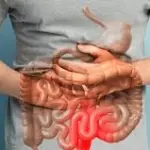
Chronic Bladder Infections or Inflammation
Conditions such as bladder infections and long-term bladder inflammation can increase the risk.

Exposure to Chemicals
Prolonged exposure to certain chemicals, especially those used in the dye industry, rubber production, and chemical manufacturing, increases the risk.

Repetitive Motion
Tendonitis is most commonly caused by repetitive motion or overuse, especially in sports, manual labor, or tasks that involve repetitive motions (e.g., typing, painting, lifting).
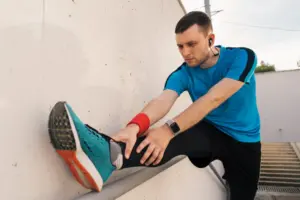
Age
As we age, tendons lose their elasticity and become more prone to injury. Tendonitis is more common in middle-aged and older individuals due to these changes.

Poor Posture
Poor body mechanics and posture can place additional stress on tendons, leading to inflammation and irritation. For example, slouching while sitting or improper lifting techniques can strain tendons.

Sports Participation
Athletes, especially those involved in sports that require repetitive movements (e.g., tennis, swimming, running), are at higher risk for tendonitis due to the strain placed on specific tendons.

Inadequate Warm-Up
Failing to properly warm up before exercise or physical activity can increase the risk of tendonitis. A lack of flexibility and strength in muscles can lead to excessive strain on tendons.

Previous Injuries
A history of tendon or joint injuries can increase the risk of developing tendonitis in the same area. Healing tendons may be weaker and more susceptible to further strain.
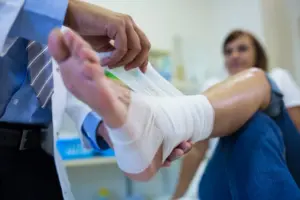
Obesity
Excess body weight can put additional stress on the tendons, especially those in the lower extremities (e.g., knees, hips, and ankles), increasing the likelihood of tendonitis.

Medical Conditions
Certain medical conditions, such as diabetes or rheumatoid arthritis, can make individuals more prone to tendonitis due to weakened tendons or altered circulation.

Sedentary Lifestyle
Lack of physical activity can lead to muscle weakness, which may put extra strain on tendons when they are eventually used, increasing the risk of tendonitis.

Tendonitis
Diet and Nutrition
Prevention
Diagnosis
Key Services
Key Facilities
- Protein: Protein is essential for tissue repair and muscle recovery. Lean meats, fish, eggs, beans, and legumes are excellent sources of protein that aid in healing tendon injuries.
- Vitamin C: Vitamin C is critical for collagen production, a key component of tendons. Citrus fruits, strawberries, bell peppers, and leafy greens are rich in Vitamin C and can support tendon healing.
- Omega-3 Fatty Acids: Omega-3s have anti-inflammatory properties that can help reduce pain and swelling associated with tendonitis. Foods like salmon, walnuts, and flaxseeds are great sources of omega-3 fatty acids.
- Magnesium: Magnesium supports muscle function and helps reduce muscle cramps and tension. Include magnesium-rich foods like spinach, almonds, and whole grains in your diet.
- Collagen: Collagen helps strengthen and repair tendons. Bone broth, chicken skin, and fish with skin are good sources of collagen to promote tendon health.
- Vitamin D and Calcium: These nutrients are important for bone and joint health, which in turn supports tendons. Foods such as dairy, fortified plant-based milk, leafy greens, and eggs provide the necessary nutrients.
- Turmeric and Ginger: Both turmeric and ginger have anti-inflammatory properties that can help alleviate pain and swelling associated with tendonitis. Adding these to your diet may speed up recovery.
- Zinc: Zinc supports tissue repair and helps reduce inflammation. Foods like pumpkin seeds, cashews, and chickpeas are rich in zinc and can aid in healing tendons.
- Hydration: Staying hydrated is important for maintaining joint lubrication and tendon flexibility. Drink plenty of water to support overall joint and tendon health.
- Proper Warm-Up: Before engaging in physical activity, always perform a proper warm-up to prepare the muscles and tendons for exercise. This helps improve flexibility and reduces the risk of injury.
- Strengthening Exercises: Regular strengthening exercises can help protect tendons by building the muscles around them. Focus on exercises that target the affected area to improve muscle balance and stability.
- Avoid Repetitive Movements: Try to avoid excessive repetitive movements, particularly those that strain specific tendons. If your job or activity involves repetitive motions, take breaks or alternate tasks to reduce strain.
- Use Correct Posture and Technique: Practice proper posture and lifting techniques to reduce stress on the tendons. For example, bending your knees when lifting heavy objects instead of using your back can help prevent tendon strain.
- Wear Supportive Footwear: Proper footwear that provides arch support and cushioning can reduce the risk of tendonitis in the lower body, particularly in the knees, hips, and ankles.
- Stretching: Stretch the muscles around the affected tendon to improve flexibility and range of motion. This helps prevent tightness and strain on tendons.
- Gradual Increase in Activity: If you’re starting a new exercise routine or sport, increase the intensity gradually to give your tendons time to adapt and prevent overuse injuries.
- Rest: Give your tendons time to recover by taking breaks from activities that stress the affected area. Resting helps prevent overuse and allows the tendons to heal.
- Physical Examination: A doctor will assess the affected tendon by palpating the area for swelling, tenderness, or warmth. They will also evaluate the range of motion and perform specific tests to check for pain and weakness.
- X-rays: X-rays are used to rule out fractures, joint issues, or calcium deposits around the tendon. While X-rays do not show soft tissue damage, they can help rule out other conditions.
- MRI (Magnetic Resonance Imaging): An MRI provides detailed images of soft tissues, including tendons, and can help diagnose the extent of tendonitis or identify other underlying conditions.
- Ultrasound: An ultrasound can be used to evaluate soft tissues in real-time, helping to detect inflammation, tears, or thickening of the tendon.
- Ultrasound-Guided Injections: In some cases, doctors use ultrasound to guide injections of corticosteroids or other treatments directly into the affected tendon to relieve pain and inflammation.
- Pain Management: The first step in treating tendonitis is pain relief. This can include rest, ice application, nonsteroidal anti-inflammatory drugs (NSAIDs), or corticosteroid injections to reduce inflammation.
- Physical Therapy: Physical therapy is crucial for rehabilitation. A physical therapist will design a program that includes strengthening, stretching, and joint mobilization exercises to promote healing and restore function.
- Ergonomic Advice: Occupational therapists can offer advice on ergonomics, particularly for work-related repetitive movements, and suggest ways to modify posture, equipment, or techniques to reduce tendon strain.
- Bracing or Splinting: In some cases, a brace or splint may be used to immobilize the affected tendon, allowing it to heal and preventing further strain during recovery.
- Surgical Intervention: In severe cases of tendonitis where conservative treatments fail, surgery may be necessary to repair torn tendons or remove damaged tissue.
- Platelet-Rich Plasma (PRP) Therapy: PRP therapy uses the patient’s own blood to promote tendon healing. It involves injecting concentrated platelets into the injured area to stimulate the body’s healing response.
- Orthopedic Clinics: These clinics specialize in musculoskeletal conditions and offer both conservative treatments (e.g., physical therapy, injections) and surgical interventions for tendonitis.
- Sports Medicine Centers: These centers focus on sports-related injuries, including tendonitis, and provide treatments such as rehabilitation, injections, and advanced therapies like PRP.
- Physical Therapy Clinics: These facilities provide rehabilitation programs tailored to tendonitis recovery, focusing on strength, flexibility, and reducing pain through manual therapy techniques.
- Diagnostic Imaging Centers: Hospitals or clinics equipped with MRI, ultrasound, and X-ray technology to diagnose tendonitis and assess the extent of the injury.
- Surgical Centers: Surgical facilities that perform tendon repairs or other procedures if conservative treatments do not provide sufficient relief.
Top Medical Facilities at Our Multispeciality Hospital – Here’s What Makes Us Different!
Ready to Begin Your Tendonitis Recovery Journey?
Learn More About Tendonitis Care
Frequently Asked Questions
Recovery time depends on the severity of the injury and the treatment used. Mild cases may recover in 4-6 weeks, while severe tendonitis requiring surgery can take several months.
Yes, most cases of tendonitis can heal with rest, ice, physical therapy, and other conservative treatments. Surgery is only considered for severe or chronic cases that do not respond to non-surgical treatments.
The most common types of tendonitis include rotator cuff tendonitis (shoulder), patellar tendonitis (knee), Achilles tendonitis (ankle), and tennis elbow (lateral epicondylitis). These injuries are often caused by overuse or repetitive motion.
